
Pediatric dermatology faces access disparities due to lack of awareness, language barriers, and training gaps in recognizing diverse skin conditions.

Pediatric dermatology faces access disparities due to lack of awareness, language barriers, and training gaps in recognizing diverse skin conditions.

Accessing pediatric dermatology care is challenging due to a shortage of specialists and general dermatologists' reluctance to treat children, but increasing their comfort level with seeing children could help bridge the gap, explained Elizabeth Garcia Creighton, of University of Colorado School of Medicine.

Amy Paller, MD, pediatric dermatologist and clinical researcher at Northwestern Medicine's Feinberg School of Medicine, discussed the potential impact of reducing immunoglobulin E (IgE) levels in pediatric patients with atopic dermatitis.

Experts highlight advances in therapies, research on skin of color, and the impact of social determinants of health at the Society for Pediatric Dermatology's milestone annual meeting.


At the 2025 Society for Pediatric Dermatology conference, Karen Vo, DO, presented research analyzing popular TikTok videos about epidermolysis bullosa, highlighting the platform’s power in raising awareness through emotional storytelling, and used her findings to advocate for early school-based mental health support and stronger, more inclusive antibullying policies for children with chronic skin conditions.

At the Society for Pediatric Dermatology Annual Meeting, Sarah Coates, MD, FAAD, highlights how social drivers shape pediatric skin health and how clinicians can respond.

Two posters presented at the Society for Pediatric Dermatology's Annual Meeting explore the psychological toll and potential nutritional approaches for managing vitiligo in children and adolescents.
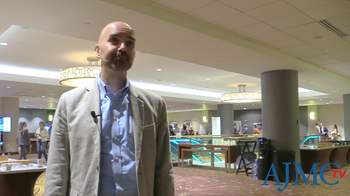
Cory Simpson, MD, PhD, assistant professor of dermatology at the University of Washington, spoke to the need for more treatment options in genetic skin conditions and the possibility of drug repurposing.

With obesity rates rising sharply, the American Academy of Pediatrics calls for multimodal strategies to address the crisis in youth.
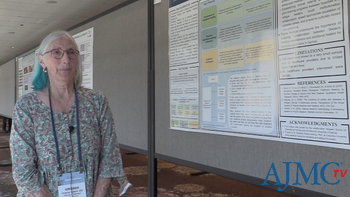
Virginia Sybert, MD, clinical professor of medical genetics at the University of Washington, discussed what dermatologists should know about molecular testing in clinical practice.

Pediatric hidradenitis suppurativa faces diagnostic delays and stigma, while adalimumab shows superior drug survival compared with infliximab in children.
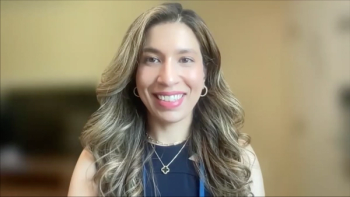
A review highlights the need for better research on pediatric segmental vitiligo treatments, as current options show mixed results, and at SPD 2025, Hira Ghani, DO, emphasized the importance of recognizing often-overlooked skin conditions in children.
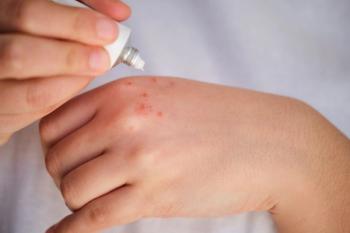
A poster at the Society for Pediatric Dermatology Annual Meeting presented an integrated safety analysis showing rare or no serious adverse events linked to topical Janus kinase inhibitor use in children with atopic dermatitis (AD).
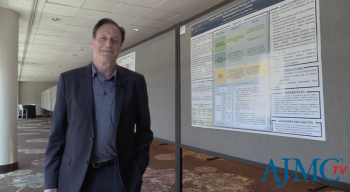
The efficacy of ruxolitinib cream in pediatric patients shows that nonsteroidal management of atopic dermatitis is feasible, said Lawrence Eichenfield, MD, chief of pediatric and adolescent dermatology at Rady Children's Hospital.
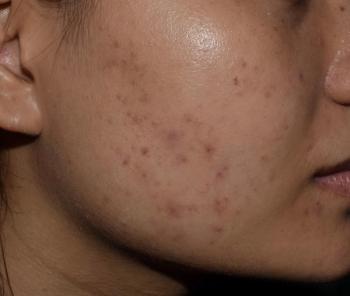
Culturally informed, patient-centered strategies are needed to address acne and hyperpigmentation in patients with skin of color.
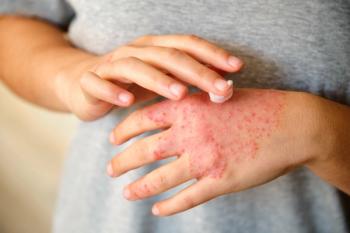
New data highlight efficacy, safety, and time off treatment with as-needed ruxolitinib cream in pediatric atopic dermatitis.
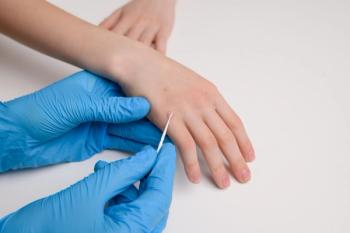
The Society for Pediatric Dermatology’s 50th Annual Meeting will highlight advances in pediatric skin, hair, and nail care, with expert-led sessions on cutting-edge research and therapies.

The Society for Pediatric Dermatology (SPD) Annual Meeting took place in Toronto, Canada, July 11-15, with our top coverage including the hot topics of combating misinformation and improving care for children with dermatologic conditions.
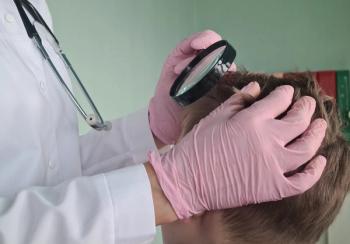
Two posters presented at the Society for Pediatric Dermatology Annual Meeting explored common health conditions linked to childhood alopecia areata and the effectiveness of dupilumab treatment in children with both alopecia areata and atopic dermatitis.
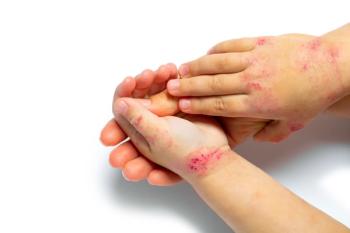
Patients with moderate-to-severe plaque psoriasis experienced early and sustained improvements through 108 weeks of treatment.
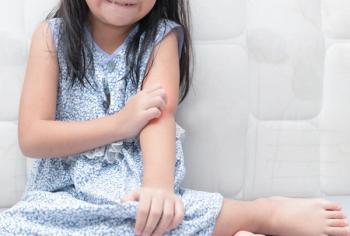
The Society for Pediatric Dermatology (SPD) Annual Meeting focused on different aspects of pediatric dermatology, including topical treatments, technology, and misinformation.
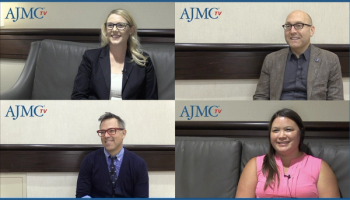
Various speakers comment on why meetings like the Society for Pediatric Dermatology (SPD) 2024 Annual Meeting are important for the advancement of pediatric dermatology.
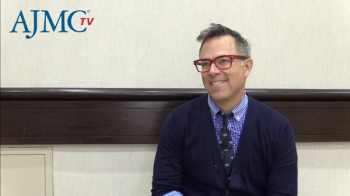
Timothy Caulfield, JD, research director of the Health Law Institute at the University of Alberta, discusses strategies for building trust, overcoming cultural and language barriers, and enhancing interdisciplinary collaboration in pediatric dermatology at the Society of Pediatric Dermatology conference.
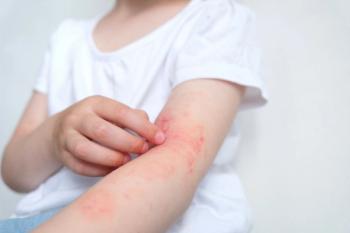
Experts in dermatology presented ways in which biologic therapies can be given and the duration of treatment when used in pediatric patients with skin conditions.
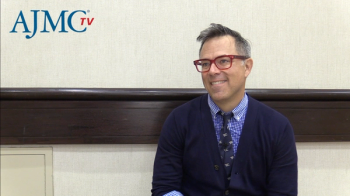
Timothy Caulfield, JD, research director of the Health Law Institute at the University of Alberta, takes a look at the major sources spreading dermatology misinformation to children, including social media.
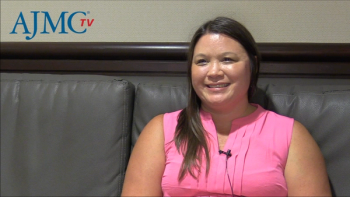
Nichole Halliburton, APRN, CNP, a family nurse practitioner at the Cincinnati Children's Hospital Medical Center, explains the ways that patient education, parents and caregivers, and emerging technologies can help improve the quality of pediatric dermatology care.
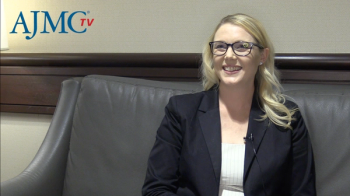
Rebecca Flynn, MSN, APRN, CPNP-PC, a nurse practitioner (NP) at Children's Mercy Kansas City Dermatology, explained the roles that NPs and advanced practice providers (APPs) can fulfill in ensuring the efficiency of triage systems in a pediatric dermatology clinic.

Posters presented at the Society for Pediatric Dermatology Annual Meeting found that pediatric deroofing can lead to patient satisfaction later in life.
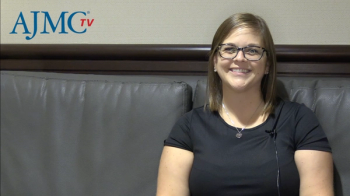
Kelly Harris, APRN, an advanced practice registered nurse at Cincinnati Children's Hospital Medical Center, discusses using mobile care units to deliver dermatology care and education to underserved communities and how health systems can implement them.

259 Prospect Plains Rd, Bldg H
Cranbury, NJ 08512
© 2025 MJH Life Sciences®
All rights reserved.
